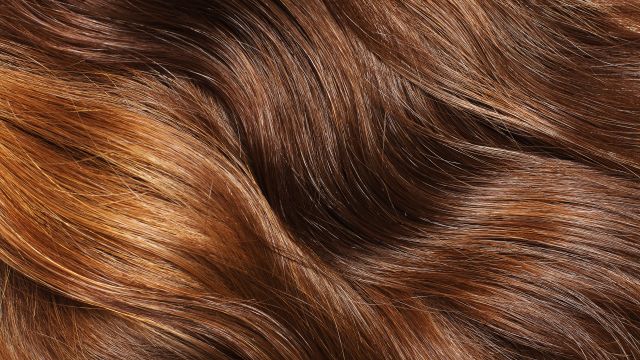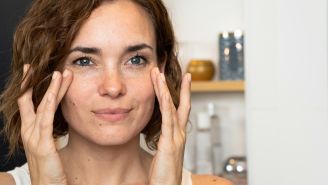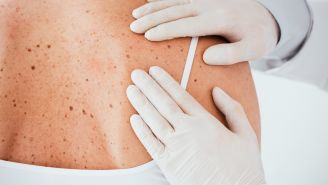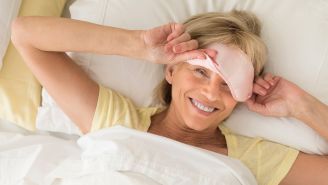If you’re a salon regular who gets their locks dyed, blown out or treated every few weeks, you’ve probably already noticed texture changes in your hair. But styling isn’t the only thing that can change your hair. Hormonal changes and even underlying health conditions like hypothyroidism can alter the texture, color and volume of your hair, too. Find out the reasons why your hair might be changing as well as effective ways to protect your mane.
Aging
Melanin, or pigment, is what causes your hair and skin to be dark or light. It’s completely normal for the amount and type of melanin your body produces to fluctuate as you age. There are two types of melanin: eumelanin, which is found in greater amounts in people with brown or black hair; and pheomelanin, which is the main type in people with red or blonde hair.
As you may already know, the blonde locks you had as a kid can turn light brown by the time you reach adulthood. And as you get older your body starts making less melanin, so your hair may turn grey.
No matter what your melanin level, if you’re not satisfied with your hair color you can always opt to highlight or dye your hair to get the hue you want.
Heat
Straightening, curling or blow-drying—they’re all a part of what it takes to get the hairstyle you want. But the constant heat is probably doing more harm to your hair’s texture than good.
Extreme heat from irons and blow-dryers cause water under the cuticles, or the outermost layer of the hair, to bubble. Over time, those hair cuticles become brittle, dry and stringy, and will eventually break. The damage may be more noticeable in certain areas like your ends.
Let your hair air dry as much as you can and use the lowest heat setting on your styling tools when you do style it. When towel drying hair, try blotting rather than roughly scrunching. And whatever you do, avoid using straightening irons or curling irons on wet hair otherwise split ends will surely follow.
Coloring
Many times we color our hair to mask the signs of aging or because we want the color a little lighter or brighter. But that two hours in the salon every few months may be changing your hair texture for the worst.
Bleaching or dying your hair requires the color to set into the hair shaft, but it first has to break through your hair’s natural mode of protection: the cuticle. The ammonia in the dye lifts the cuticle up so the dye is able to set. The problem? Your hair cuticle is not supposed to be lifted. And to make matters worse, peroxide from the dye (the ingredient that gets rid of your current color), causes hair to dry out and become brittle. Lightening your hair more than three shades from its natural color involves higher amounts of peroxide and causes even more harm.
To minimize texture changes caused by the damage, try extending the time between coloring sessions. Every eight or 10 weeks is best, especially when the outside air is super dry. Use conditioner after every wash and if you’re heading for a swim in a chlorinated pool, wear a swim cap and rinse your hair as soon as you get out.
Hormonal changes
Hormonal changes come with age, but every person ages differently. Many pregnant women say their hair and nails get stronger during pregnancy while others say their hair fell out and their nails started to split. During menopause, some women notice that the hair on their head starts to thin while the hair on their face becomes coarser.
Pregnancy-related hair changes usually get back to normal a few weeks to months after delivery and if hair loss is an issue as you age, medical treatments like minoxidil or iron supplements may help.
Certain health conditions
Acute and chronic health conditions can also cause sudden or gradual changes in hair texture. Hypothyroidism is one such condition, which happens when the body doesn’t produce enough thyroid hormone. Without enough of the hormone, the body doesn’t function properly, causing hair to become dry and brittle. The mental health condition anorexia nervosa, which involves self-starvation and extreme weight loss, can also cause nutritional deficiencies that cause hair to become dry and may even lead to hair loss.
Taking care of your body is the most important part of hair maintenance and health, but if you’re having trouble or notice sudden changes in your hair, see your doctor so you can talk through some solutions. A diet rich in B vitamins and folic acid can strengthen your hair and encourage hair growth, too.




